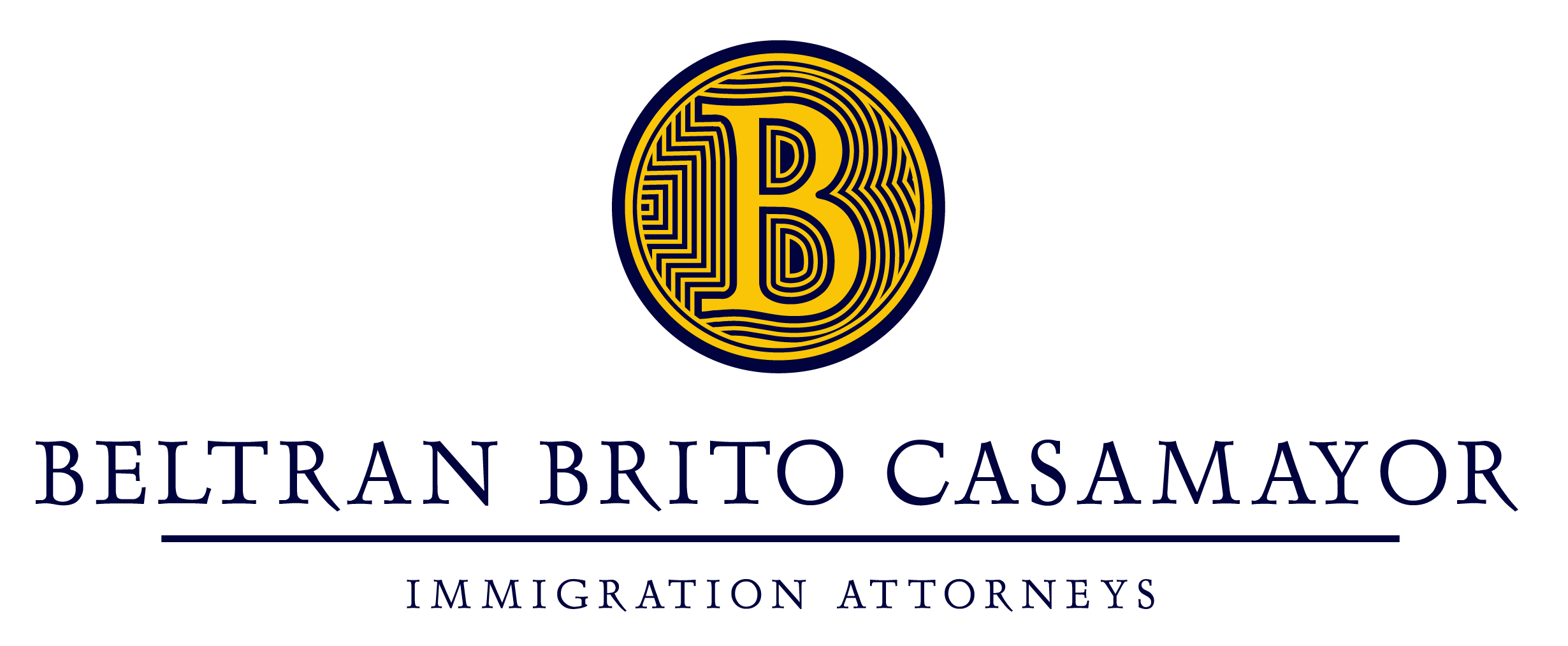The <em>Deferred Action for Childhood Arrivals</em> (DACA) was created in 2002 in the United States by the initiative of Barack Obama. The purpose of DACA is to benefit undocumented young immigrants who arrived illegally in the country when they were little. They are known as “Dreamers”.
<a href=”http://o1visa.us/?attachment_id=5127#main” rel=”attachment wp-att-5127″><img class=” wp-image-5127 aligncenter” src=”http://o1visa.us/wp-content/uploads/2016/01/Deferred-Action-Childhood-Arrivals.jpg” alt=”Deferred-Action-Childhood-Arrivals” width=”380″ height=”242″ /></a>
According to official data, thanks to this program, more than 700 thousand undocumented young people have obtained a temporary work permit and protection against deportation. The <em>Migration Policy Institute</em> (MPI) reported that most of them (71%) are Latino, while Asians (21%) have not requested these benefits in many cases.
It is widely known that, in November 2014, Obama announced the expansion of DACA in order to benefit even more Dreamers. However, due to legal action initiated by 26 states and led by Texas its implementation was suspended.
<a href=”http://o1visa.us/?attachment_id=5128#main” rel=”attachment wp-att-5128″><img class=” wp-image-5128 aligncenter” src=”http://o1visa.us/wp-content/uploads/2016/01/Deferred-Action-for-Childhood-Arrivals.png” alt=”Deferred-Action-for-Childhood-Arrivals” width=”395″ height=”236″ /></a>
Today, the implementation of an extension of DACA and another migration policy called DAPA (which will benefit undocumented parents) is in the hands of the Supreme Court, the highest American authority in the interpretation of the law.
<em><strong>Who Are the Top Latino Recipients?</strong></em>
El Salvador
Argentina
Mexico
Honduras
Peru
Guatemala
Venezuela
Colombia
The Dominican Republic
